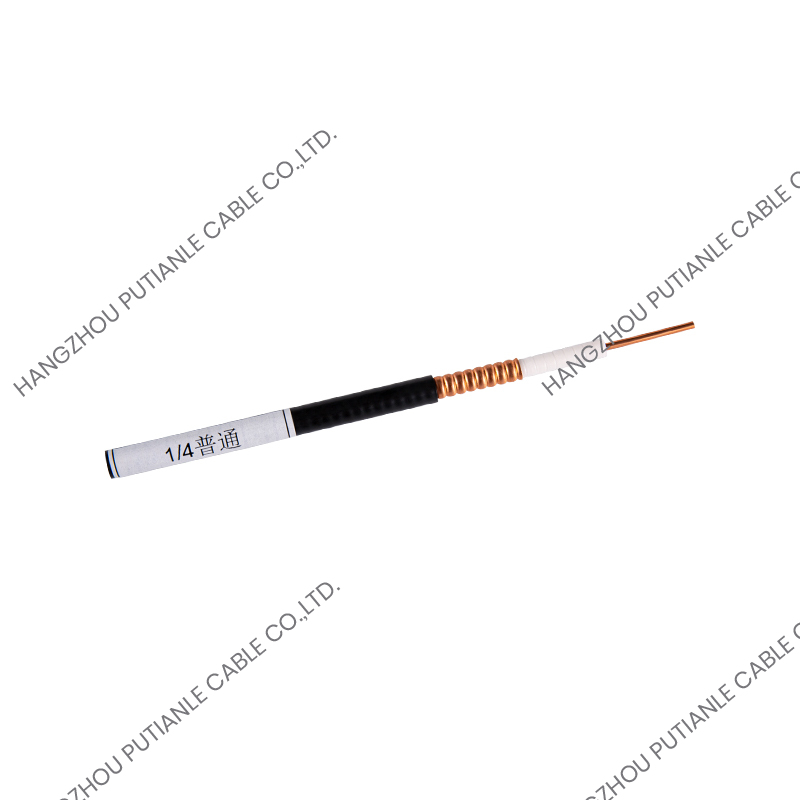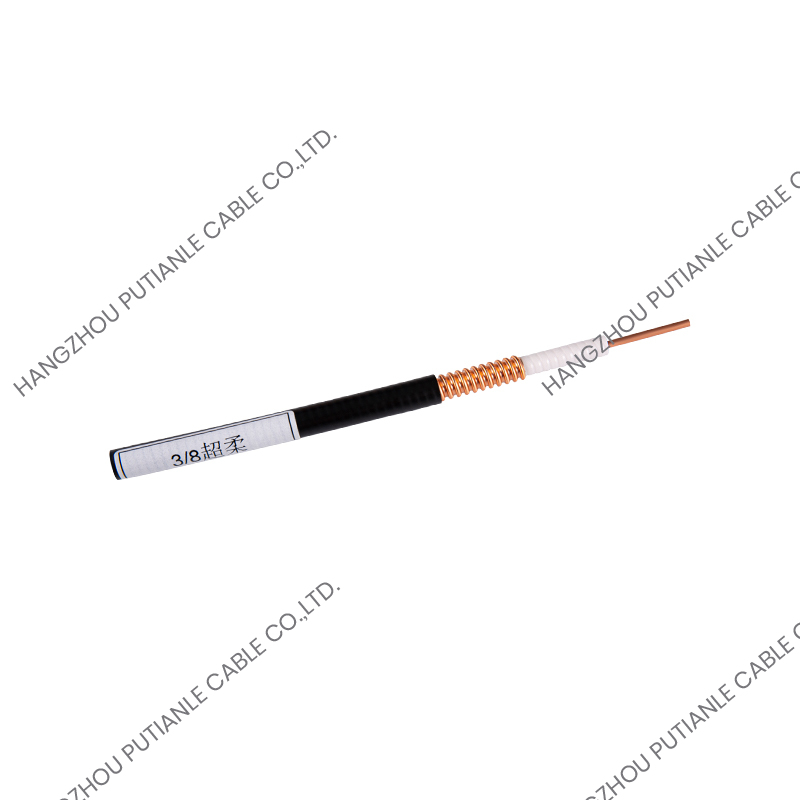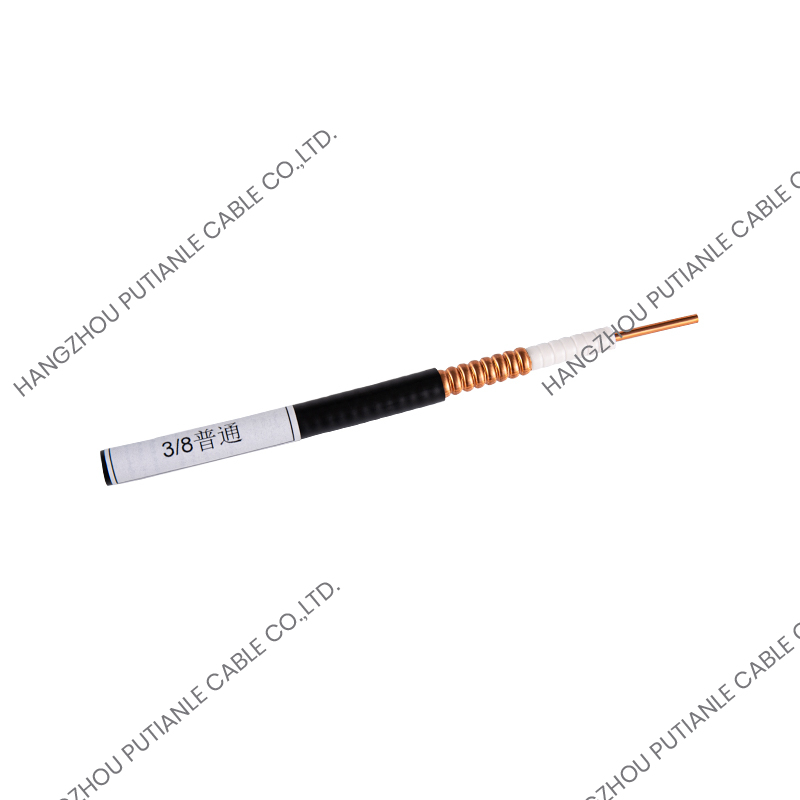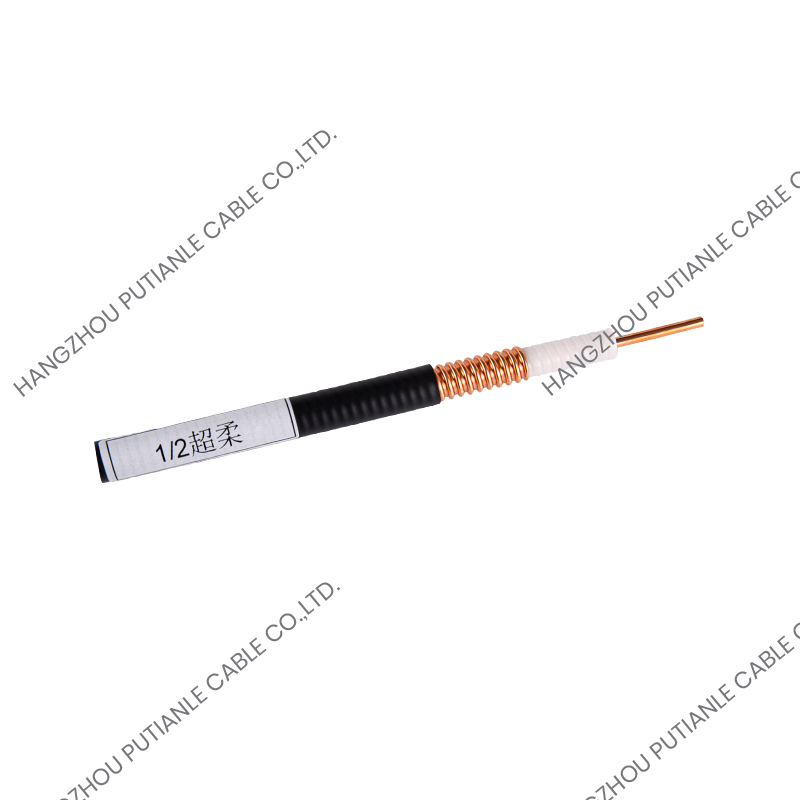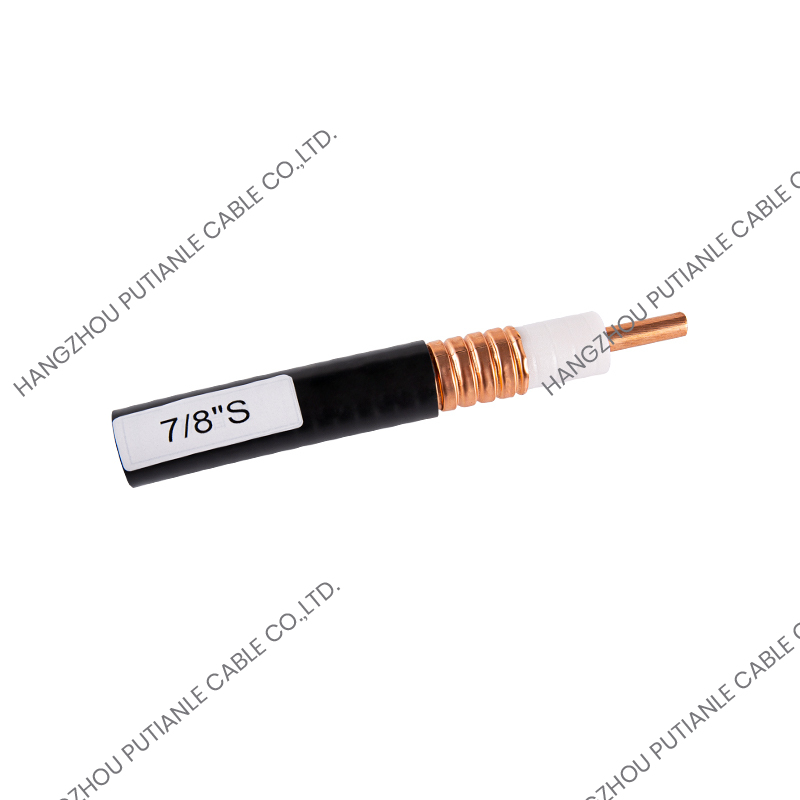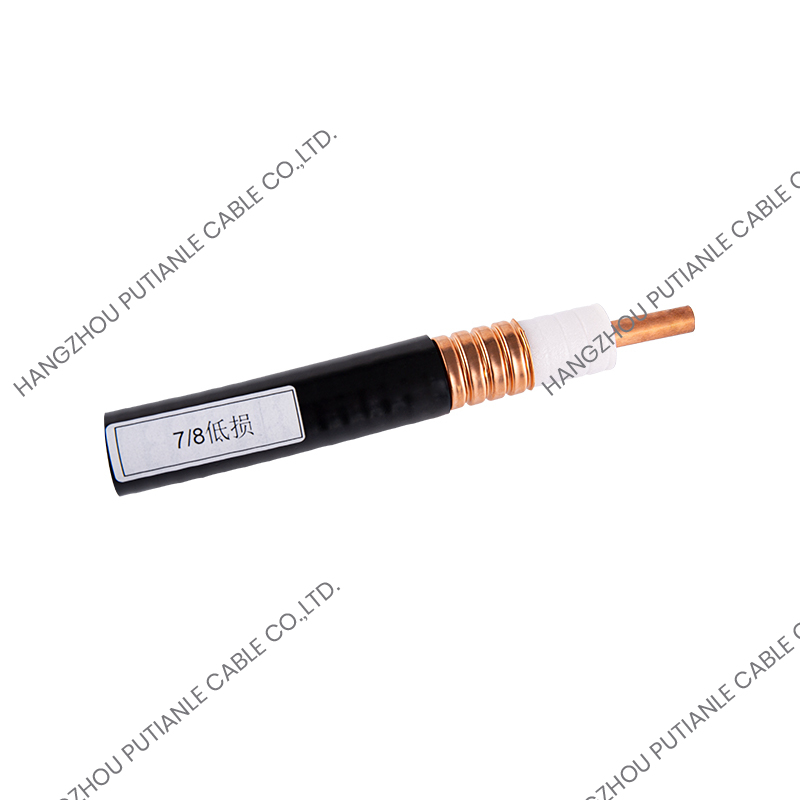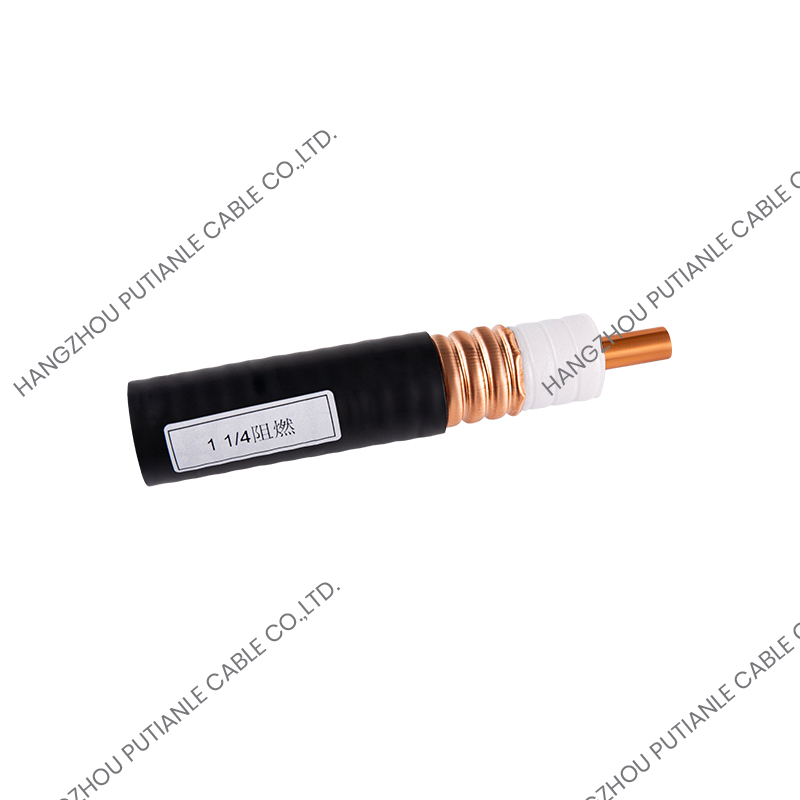75 Ohm Aluminum Tube Cable vs. Copper Coaxial Cable: A Comprehensive Comparison
Introduction
In RF (Radio Frequency) and broadband signal transmission, 75 Ohm coaxial cables are widely used for applications such as cable TV, satellite communications, and CCTV systems. Two common types are aluminum tube coaxial cables and traditional copper coaxial cables. While both serve the same fundamental purpose, they differ in electrical performance, cost, durability, and installation flexibility.
This article provides a detailed comparison between 75 Ohm aluminum tube cables and copper coaxial cables, examining their construction, signal transmission efficiency, cost-effectiveness, and best-use scenarios.
1. Construction and Material Differences
A. Aluminum Tube Coaxial Cable
Center Conductor: Typically copper-clad aluminum (CCA) or solid aluminum.
Shielding: Aluminum tube (corrugated or smooth) + aluminum foil + braid.
Dielectric: Foam polyethylene or air-spaced dielectric.
Outer Jacket: UV-resistant PVC or polyethylene.
Advantages:
Lightweight
Lower cost
Good corrosion resistance
Suitable for long-distance runs
Disadvantages:
Higher signal loss than solid copper
Less flexible (especially corrugated designs)
B. Copper Coaxial Cable
Center Conductor: Solid or stranded copper.
Shielding: Copper braid + aluminum foil (or double/triple shielding).
Dielectric: Solid or foam polyethylene.
Outer Jacket: PVC, PE, or LSZH (low-smoke zero-halogen).
Advantages:
Superior conductivity (lower signal loss)
Better flexibility
Higher durability in harsh conditions
Disadvantages:
More expensive
Heavier than aluminum cables
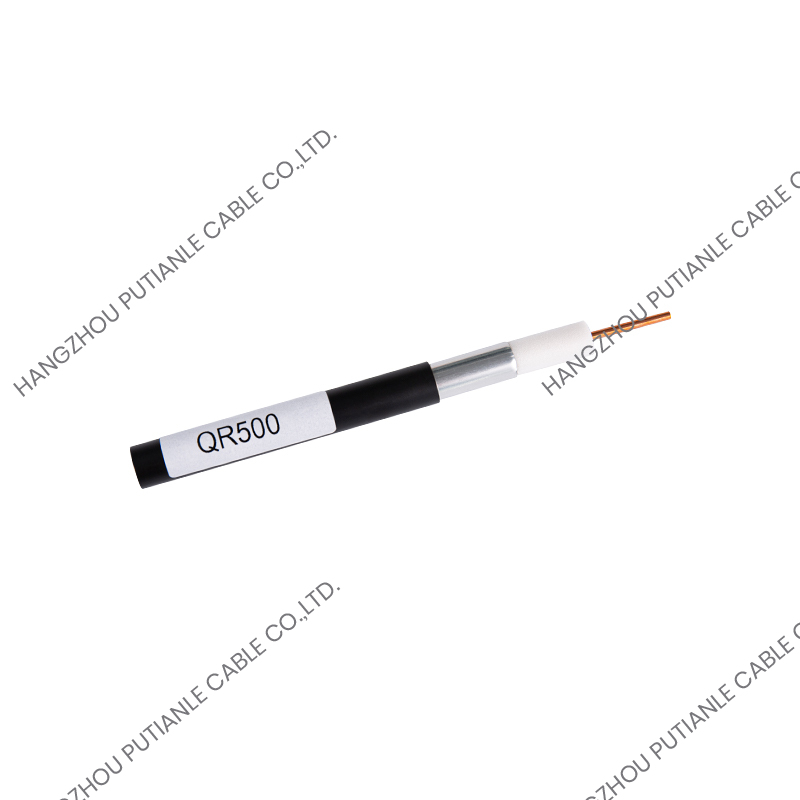
2. Electrical Performance Comparison
A. Signal Loss (Attenuation)
Frequency (MHz) Aluminum Tube Cable (dB/100m) Copper Coaxial Cable (dB/100m)
50 2.1 - 3.0 1.5 - 2.0
500 7.0 - 9.0 5.0 - 6.5
1000 10.0 - 13.0 7.0 - 9.0
Conclusion:
Copper cables have lower signal loss, making them better for high-frequency applications.
Aluminum cables are acceptable for shorter runs or lower frequencies (e.g., CATV).
B. Impedance Stability
Both cables are designed for 75 Ohm impedance, but:
Copper maintains impedance better over long distances.
Aluminum may have slight variations due to manufacturing tolerances.
C. Shielding Effectiveness
Shielding Type Aluminum Tube Cable Copper Coaxial Cable
EMI/RFI Protection Excellent (tube shield) Good (braid + foil)
Flexibility Impact Less flexible More flexible
Aluminum tube cables provide superior shielding due to their solid outer conductor, making them ideal for high-interference environments.
3. Mechanical and Environmental Durability
Factor Aluminum Tube Cable Copper Coaxial Cable
Weight Lighter Heavier
Bend Radius Larger (less flexible) Smaller (more flexible)
Corrosion Resistance High (aluminum oxide layer) Moderate (unless tinned copper)
UV Resistance Good (with PE jacket) Good (with PE/PVC)
Crush Resistance High (rigid structure) Moderate (depends on shielding)
Best Use Cases:
Aluminum tube cables: Aerial installations, underground ducts, long-distance trunk lines.
Copper cables: Indoor wiring, flexible setups, high-frequency signal transmission.
4. Cost Comparison
| Factor | Aluminum Tube Cable | Copper Coaxial Cable |
|---|---|---|
| Material Cost | 30-50% cheaper | More expensive |
| Installation Cost | Lower (lighter, easier to handle) | Higher (heavier, more labor) |
| Lifespan | 15-20 years | 20-30 years |
Economic Considerations:
Aluminum is cost-effective for large-scale deployments (e.g., cable TV networks).
Copper is preferred for critical high-performance applications (e.g., satellite feeds).
5. Installation and Maintenance Considerations
A. Aluminum Tube Cable
Pros:
Easier to install in long, straight runs.
Lower shipping costs due to lightweight.
Cons:
Requires special connectors (compression-type).
Difficult to repair if damaged.
B. Copper Coaxial Cable
Pros:
Easier to terminate (standard F-type/BNC connectors).
More repairable.
Cons:
Heavier, leading to higher labor costs.
6. Which One Should You Choose?
Choose Aluminum Tube Cable If:
You need long-distance, low-cost signal transmission.
EMI shielding is a priority.
The installation is fixed (aerial/underground).
Choose Copper Coaxial Cable If:
Signal integrity is critical (e.g., satellite, high-speed data).
Flexibility is needed (e.g., indoor wiring).
You can afford higher upfront costs for better longevity.
7. Future Trends in Coaxial Cable Technology
Hybrid designs (aluminum + copper composites).
Improved dielectric materials for lower loss.
Smart cables with built-in signal monitoring.
Both 75 Ohm aluminum tube cables and copper coaxial cables have their strengths and weaknesses.
Aluminum tube cables are cost-effective, lightweight, and excellent for long-distance, shielded applications.
Copper coaxial cables offer better signal quality, flexibility, and durability, making them ideal for high-performance needs.
Final Recommendation:
For large-scale, budget-conscious projects (e.g., CATV networks), use aluminum tube cables.
For high-frequency, high-reliability applications (e.g., broadcast, satellite), invest in copper coaxial cables.


 中文简体
中文简体 English
English Español
Español

